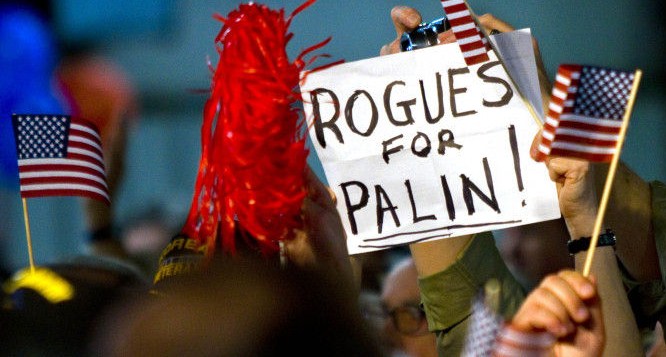httpv://www.youtube.com/watch?v=tpOuSc9WApk
Debussy’s “Hommage a Rameau”. Arturo Michelangeli, piano.
Further to Michael’s earlier post
I may be cracked, and mustn’t arrive at premature conclusions, but I think I can exhaust and distinguish the styles of [William] Byrd, [John] Bull & [Orlando] Gibbons. Byrd is an intensely virile, straightforward composer: his rhythm is the most positive element in his style, and that has the slightly march-like swing of all good English music, even when written by a German like Handel or a Frenchified composer like Purcell. His forms are bare and intense: it’s his immediacy that makes him fond of sharply outlined pictures—he’s more interested in programme music than the other two and does more with the lilting folk tunes. Bull is dreamy, sensuous, atmospheric, and early Debussy, with lovely & expressive melodic lines weaving through his harmonies. Like Debussy, too, he has a sharp wit, as in the King’s Hunting Jigs. Gibbons is more Mozartian: he has great architectonic power & a much larger synthetic sense of form, and commands the full fortes in style of writing in a way which really puts him far ahead of Frescobaldi & his more conventional fugues: in fact, he’s the 16th c. at its ripest. To him, as to Mozart, music is a mystery to be explored by a clear mind. He’s a synthesis of Byrd’s classic & Bull’s romantic style. . . . Bull was the Debussy of his time, and his music has the same subtle, delicate, mysteriously ectoplasmic quality about it. (Notebook 5)
The immensely increased range that modal harmony affords to music makes it incredible that it did not play a more active role in the art between 1600 and 1900 than is generally assigned to it. There are explicit examples of course: the Lydian movement in Beethoven’s op. 132 quartet; the Dorian movement in Brahms’ fourth symphony. But it would be interesting to examine the subject further, particularly in modern music. Recently I was reading through a volume of piano pieces by Sibelius, and came across one in a set of pieces with names of trees, I think op. 85, in G sharp minor with a four-sharp key signature and a flat supertonic throughout—in other words in G sharp Phrygian. Debussy’s Hommage a Rameau, also in G sharp minor, has the E sharped through the last half-dozen bars, and so ends in G sharp Dorian. Chopin’s Prelude in F major, op. 28 no. 23, has a Mixolydian cadence, a fact which draws squeals of ecstasy from Huneker, who presumably never read Byrd, who did the same thing in every tenth piece he wrote. (“Modal Harmony in Music”)
When I start learning to compose I shall investigate modal harmony: I find myself quite baffled by the stupidity of musicians in ever dropping it. Arranged in order of sharpness, they are Lydian, Ionian or major, Mixolydian, Dorian, Aeolian or minor, Phrygian, Locrian. Lydian is a shade brighter than major, Dorian a shade more majestic than minor, Phrygian & Mixolydian, Phrygian especially, gloomy and plaintive. I dare say a lot of Bach’s minor music is really Dorian, a lot of Chopin’s Phrygian, a lot of Beethoven’s major Lydian, a lot of Mendelssohn’s Mixolydian. You see, it’s an interlocking scheme. A piece of B Lydian would have a key signature of 6#; in B major, of 5#; B Mixolydian, 4; B Dorian, 3; B minor, 2; B Phrygian, 1; B Locrian, none. I ran across a piece in G# by Sibelius (a set of tree-pieces op. I think about 85) with 4#—G# Phrygian, in other words. Debussy’s Hommage à Rameau ends in G# Dorian. Wonder if a spectrum association would ever be made by some future Scriabine: Lydian red, etc. I’ve got more notes on this in Elizabethan music somewhere. (Diaries)
Of the universal rationalization of history to make the preceding age, the age of the father, an aberration from the great tradition (the second father or old wise man) which is now being carried on by the new people. Thus music does fine as far as Mozart, is just awful until modern times, & starts again with Debussy. How this affects Ruskin’s championing of Turner & his denigration of the rococo & baroque. (Diaries)

